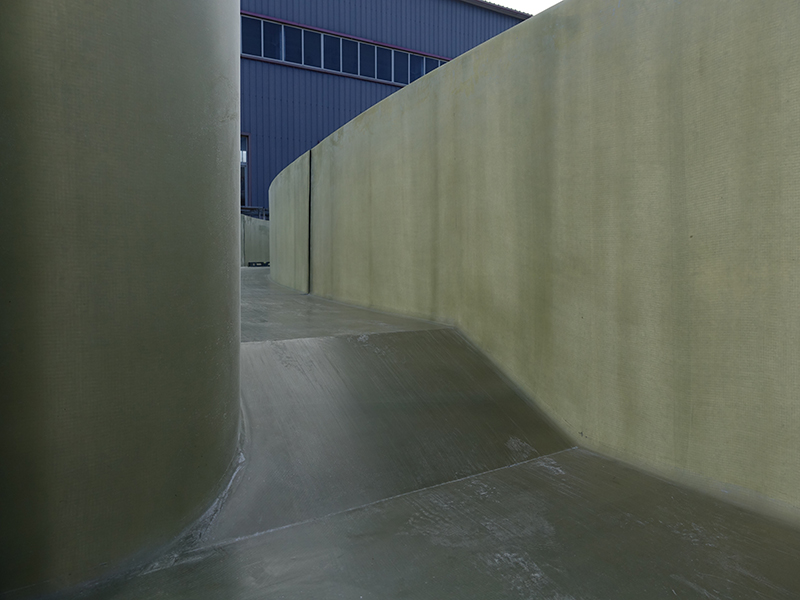
-
 Afrikaans
Afrikaans -
 Albanian
Albanian -
 Amharic
Amharic -
 Arabic
Arabic -
 Armenian
Armenian -
 Azerbaijani
Azerbaijani -
 Basque
Basque -
 Belarusian
Belarusian -
 Bengali
Bengali -
 Bosnian
Bosnian -
 Bulgarian
Bulgarian -
 Catalan
Catalan -
 Cebuano
Cebuano -
 China
China -
 China (Taiwan)
China (Taiwan) -
 Corsican
Corsican -
 Croatian
Croatian -
 Czech
Czech -
 Danish
Danish -
 Dutch
Dutch -
 English
English -
 Esperanto
Esperanto -
 Estonian
Estonian -
 Finnish
Finnish -
 French
French -
 Frisian
Frisian -
 Galician
Galician -
 Georgian
Georgian -
 German
German -
 Greek
Greek -
 Gujarati
Gujarati -
 Haitian Creole
Haitian Creole -
 hausa
hausa -
 hawaiian
hawaiian -
 Hebrew
Hebrew -
 Hindi
Hindi -
 Miao
Miao -
 Hungarian
Hungarian -
 Icelandic
Icelandic -
 igbo
igbo -
 Indonesian
Indonesian -
 irish
irish -
 Italian
Italian -
 Japanese
Japanese -
 Javanese
Javanese -
 Kannada
Kannada -
 kazakh
kazakh -
 Khmer
Khmer -
 Rwandese
Rwandese -
 Korean
Korean -
 Kurdish
Kurdish -
 Kyrgyz
Kyrgyz -
 Lao
Lao -
 Latin
Latin -
 Latvian
Latvian -
 Lithuanian
Lithuanian -
 Luxembourgish
Luxembourgish -
 Macedonian
Macedonian -
 Malgashi
Malgashi -
 Malay
Malay -
 Malayalam
Malayalam -
 Maltese
Maltese -
 Maori
Maori -
 Marathi
Marathi -
 Mongolian
Mongolian -
 Myanmar
Myanmar -
 Nepali
Nepali -
 Norwegian
Norwegian -
 Norwegian
Norwegian -
 Occitan
Occitan -
 Pashto
Pashto -
 Persian
Persian -
 Polish
Polish -
 Portuguese
Portuguese -
 Punjabi
Punjabi -
 Romanian
Romanian -
 Russian
Russian -
 Samoan
Samoan -
 Scottish Gaelic
Scottish Gaelic -
 Serbian
Serbian -
 Sesotho
Sesotho -
 Shona
Shona -
 Sindhi
Sindhi -
 Sinhala
Sinhala -
 Slovak
Slovak -
 Slovenian
Slovenian -
 Somali
Somali -
 Spanish
Spanish -
 Sundanese
Sundanese -
 Swahili
Swahili -
 Swedish
Swedish -
 Tagalog
Tagalog -
 Tajik
Tajik -
 Tamil
Tamil -
 Tatar
Tatar -
 Telugu
Telugu -
 Thai
Thai -
 Turkish
Turkish -
 Turkmen
Turkmen -
 Ukrainian
Ukrainian -
 Urdu
Urdu -
 Uighur
Uighur -
 Uzbek
Uzbek -
 Vietnamese
Vietnamese -
 Welsh
Welsh -
 Bantu
Bantu -
 Yiddish
Yiddish -
 Yoruba
Yoruba -
 Zulu
Zulu
Understanding GRP Flanges and Their Applications in Modern Engineering
Understanding GRP Flanges A Comprehensive Overview
Glass Reinforced Plastic (GRP) flanges are a pivotal component in modern engineering and construction, widely recognized for their superior strength, durability, and corrosion resistance. These flanges play a crucial role in various piping systems, particularly in industries such as water treatment, chemical processing, oil and gas, and marine applications. In this article, we will delve into what GRP flanges are, their benefits, applications, and installation considerations, providing a thorough understanding of this essential engineering component.
What is a GRP Flange?
A GRP flange is a type of flange made from glass reinforced plastic, a composite material that combines a polymer matrix – typically a thermosetting resin – with glass fibers. This combination results in a material that is both lightweight and incredibly strong, making it an excellent choice for applications that require robust performance in harsh environments. The manufacturing process involves molding the material into various shapes, including standard sizes that can easily interface with existing piping systems.
Advantages of GRP Flanges
1. Corrosion Resistance One of the standout features of GRP flanges is their exceptional resistance to corrosion. Unlike traditional metal flanges, which can rust and degrade over time, GRP flanges maintain their integrity when exposed to harsh chemicals and salty environments. This makes them particularly suited for applications in waste management and marine environments.
2. Lightweight The lightweight nature of GRP flanges allows for easier handling and installation. This is especially advantageous in large-scale projects where heavy components can complicate logistics and increase installation costs.
3. Low Thermal Conductivity GRP materials have low thermal conductivity, which helps in reducing energy loss and maintains temperature stability within the piping systems. This property is vital in applications requiring thermally sensitive materials.
4. Cost-Effective While the initial cost of GRP flanges may be higher than traditional materials, their longevity and maintenance-free characteristics often make them more cost-effective in the long run. Reduced maintenance needs and extended lifespans can lead to significant savings.
5. Versatile Applications GRP flanges can be manufactured in a variety of shapes and sizes, making them adaptable to different systems. Their ability to conform to various designs makes them highly versatile in numerous industries.
Applications of GRP Flanges
grp flange

GRP flanges are found in a wide range of applications, including
- Water and Wastewater Treatment Their resistance to corrosion and chemical degradation makes GRP flanges ideal for transporting water and wastewater in treatment plants.
- Chemical Industry In environments where aggressive chemicals are handled, GRP flanges can withstand exposure without significant degradation.
- Oil and Gas The lightweight nature and resistance to corrosion make GRP flanges suitable for offshore and onshore oil operations.
- Marine Due to their excellent resistance to saltwater and marine growth, GRP flanges are often used in boat and dock applications.
- HVAC Systems In heating, ventilation, and air conditioning systems, GRP flanges can help ensure a lightweight and efficient solution for joining ductwork.
Installation Considerations
When installing GRP flanges, it’s crucial to follow specific guidelines to ensure a successful and trouble-free installation. Proper alignment during installation is essential to avoid undue stress on the flanges and the piping system. The use of appropriate gaskets is also important to provide a watertight seal, preventing leaks.
Furthermore, technicians should be trained in handling GRP materials, as they require different tools and methods compared to metal flanges. Maintaining a clean surface before fitting the flanges is essential, as contaminants can lead to compromised seals.
Conclusion
GRP flanges represent an innovative solution in piping systems, offering numerous advantages over traditional materials. Their resistance to corrosion, lightweight and versatile nature, and cost-effectiveness make them an appealing choice for a variety of applications. As industries continue to evolve and demand more efficient and durable solutions, GRP flanges are poised to play an increasingly vital role in modern infrastructure. Understanding the properties and best practices associated with these flanges can lead to improved project outcomes and operational efficiency.









